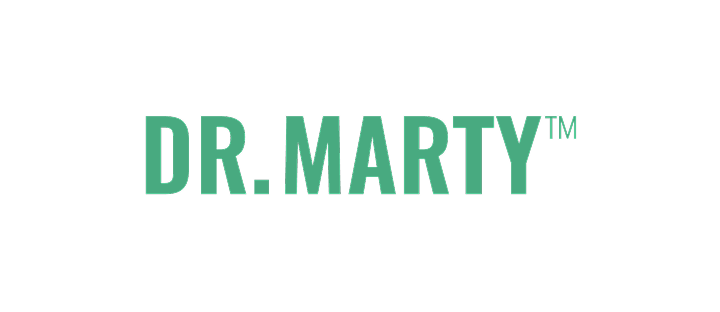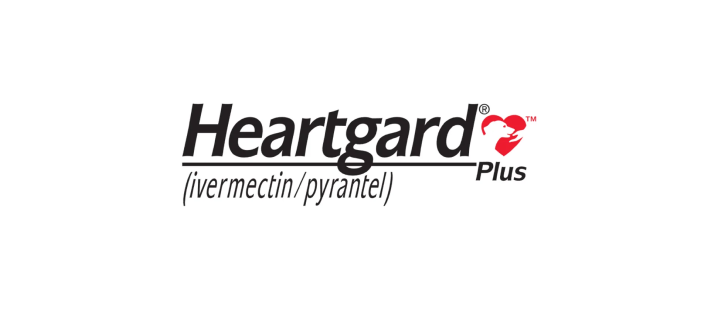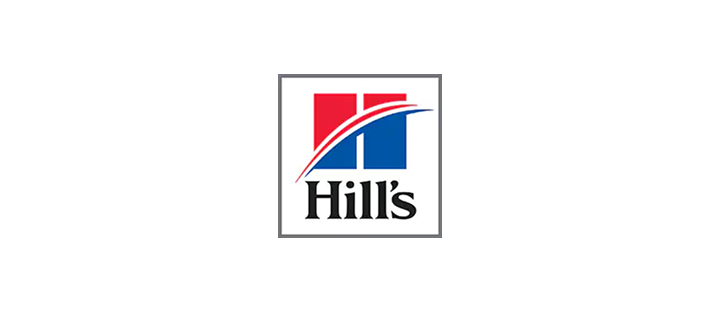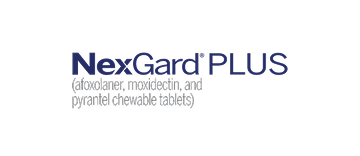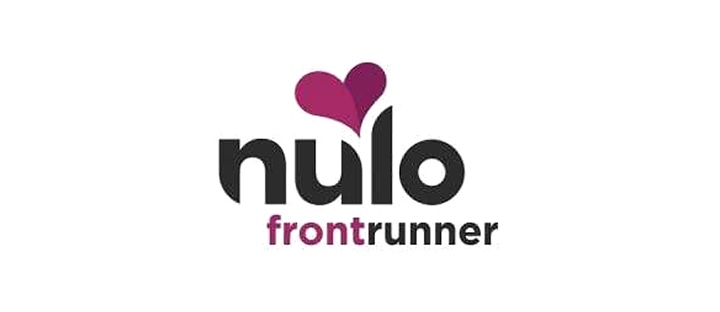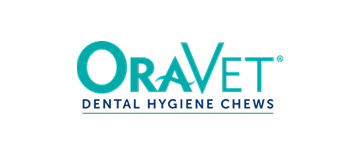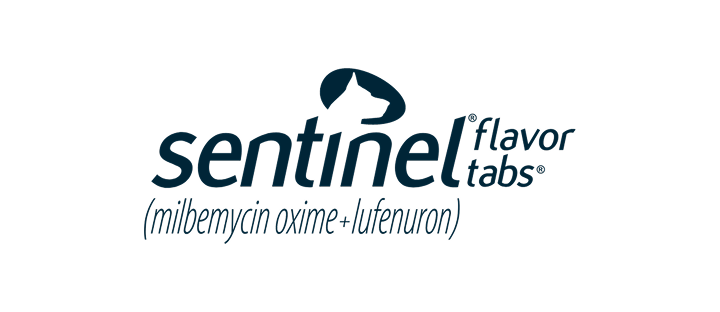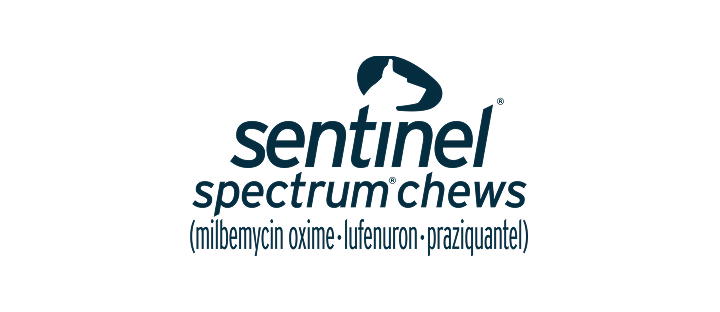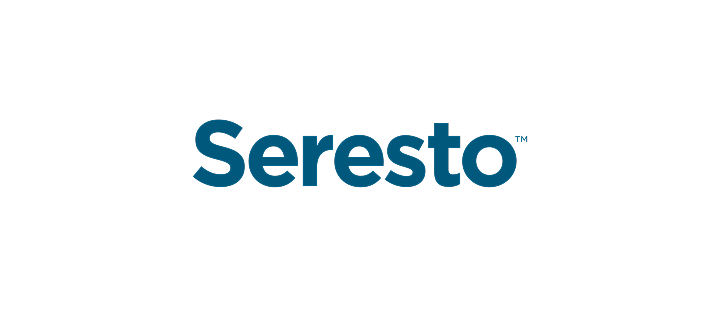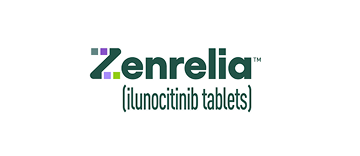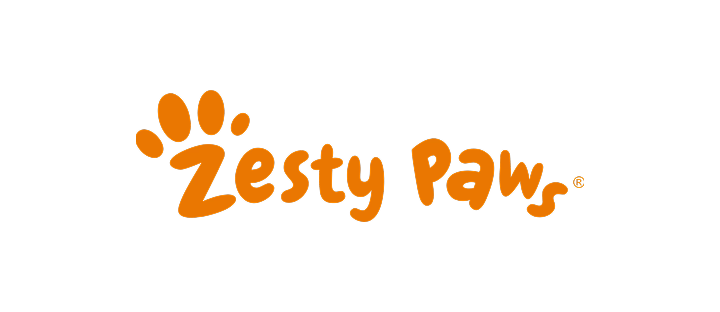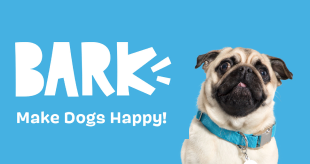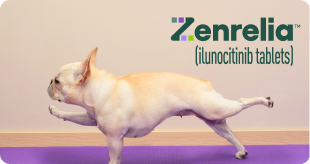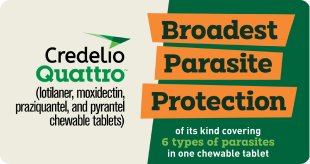Does your dog go nuts when you're prepping raw meat for your family's dinner? Do they sit close to the cutting board, hoping for a chunk of meat or a nice, juicy bone?
It probably didn't come as a surprise when you first heard that people are feeding their dogs a raw diet, full of fresh, tasty ingredients - or that those dogs are eagerly gobbling up every bite.
Raw diets for dogs are not some new trend. Though most pet owners have been feeding commercial dry kibble or canned food for the past century or so, in the meantime, many sporting and sledding dogs have been eating raw diets. Going further back, our ancestors likely domesticated the first dogs with fresh scraps of meat.
We don't know much about raw diets. While commercially prepared dog foods go through long feeding trials and extensive research studies, there's not much science behind the benefits of feeding your dog a raw diet due to financial limitations affecting independently funded clinical studies and feeding trials.
However, anecdotes from real dog owners, and some vets, tell us that the benefits can be life-changing. Raw feeders have claimed that their dog's fresh diet keeps their teeth clean, improves digestion, relieves symptoms of allergies, and even helps treat chronic illnesses like Cushing's disease and cancer.
Why It Could Be Beneficial To Feed Your Dog A Raw Diet
One of the strongest cases for raw diets is the fact that they can contain little to no carbohydrates.
Science does tell us that a diet rich in carbohydrates can cause dogs to become overweight. Excess weight can shorten your dog's lifespan through the development of chronic illnesses such as diabetes and kidney disease. It can also exacerbate bone and joint issues like arthritis and hip dysplasia later in life.
Chewing on raw meaty bones can be effective at breaking down tartar buildup and preventing plaque from forming. A Rutgers University study showed that chewing raw bones reduced oral bacteria in dogs by 79%, compared to 70.3% reduction in bacteria when brushing with a CET toothpaste, compared to 60.2% and 54.6% reduction in bacteria with bully sticks and VeggieDents chews, respectively.
A raw diet also contains a much higher water content than kibble. More moisture means better digestion and a reduced risk of urinary tract conditions such as kidney disease.
Know The Risks Of Feeding Your Dog A Raw Diet
Feeding a raw diet does carry some risks, which you will have to accommodate if you're determined to ditch kibble.
While raw meaty bones seem beneficial to your dog's teeth, they can cause choking, tooth fractures and perforations in the digestive tract. Supervising your dog and feeding the correct bones can help mitigate these risks.
There are two types of raw bones you can feed: edible bones, which are meant to be chewed and eaten entirely, and raw meaty bones or recreational bones, which are meant for your dog to tear off the meat and gnaw at, but not completely consume.
Edible bones, typically lightweight avian bones like duck or chicken necks, backs, feet, and wings, can supply calcium in your dog's diet. They must not be too small, or your dog may not chew them properly before swallowing.
Raw meaty bones, also known as recreational or "rec" bones, may be beef, pork or lamb marrow bones, neck bones, heads or ribs. Your dog may chew these bones for hours, while supervised. There is some risk of your dog chomping down too zealously, causing painful tooth fractures that may need to be extracted by your vet.
If you're going to feed bones, make sure they are always raw. Once cooked, bones become hard and splintery, greatly increasing the risk of injuring your dog's esophagus or digestive tract.
Raw meat carries harmful pathogens like salmonella, e.coli and listeria. You or your family members can get sick if you do not sanitize contaminated food prep areas, dog bowls, and kitchen surfaces. While it's possible for your dog to get sick, their short, acidic digestive tract usually protects them from infection.
Pathogens found in raw meat can be especially harmful to small children, the elderly, and anyone who has a compromised immune system, including those going through chemotherapy. Some dogs may also be unable to tolerate these pathogens.
In some cases, the potential benefits of feeding raw may not outweigh the risks. You may instead decide to feed a cooked diet, or stick to a high quality kibble or canned food supplemented with fresh ingredients.
Is Your Dog Getting Their Vitamins And Minerals?
One of the biggest risks of feeding your dog a raw diet is the risk of vitamin and mineral deficiencies.
The majority of commercial dog foods are labeled "complete and balanced." They typically contain all of the vitamins and minerals your dog needs each day.
When it comes to raw dog foods, however, you'll need to be knowledgeable about your dog's nutritional needs. It's not enough to simply toss a chicken wing into your dog's bowl twice a day.
A balanced raw diet does not just contain meat. You may need to add fish, eggs, seeds, grains, fruits and vegetables to provide every nutrient your dog needs. Do you know how much zinc your dog needs? How about magnesium?
It's best to have your homemade raw diet evaluated and approved by a holistic veterinarian. You can find a holistic vet who specializes in raw feeding through the American Holistic Veterinary Medicine Association (AHVMA) directory.
You can also feed your dog a premade raw diet. Brands like Stella & Chewy's sell complete and balanced raw foods that need no supplementation or additional ingredients.
It's also possible to make your own balanced raw food with a base mix like Honest Kitchen. Just add raw meat to make a complete and balanced meal.
While raw feeding can be beneficial to your dog's health, it's not the only way to upgrade their diet. To ensure your dog is getting complete nutrition, and to save money, you can also feed a partially raw diet. Just feed your dog a high quality kibble as usual, and then replace up to 15% of their normal diet with fresh ingredients. You can use raw meat, fish or eggs as an enticing topper for dry food, or use your dog's fresh favorites as a training reward.




